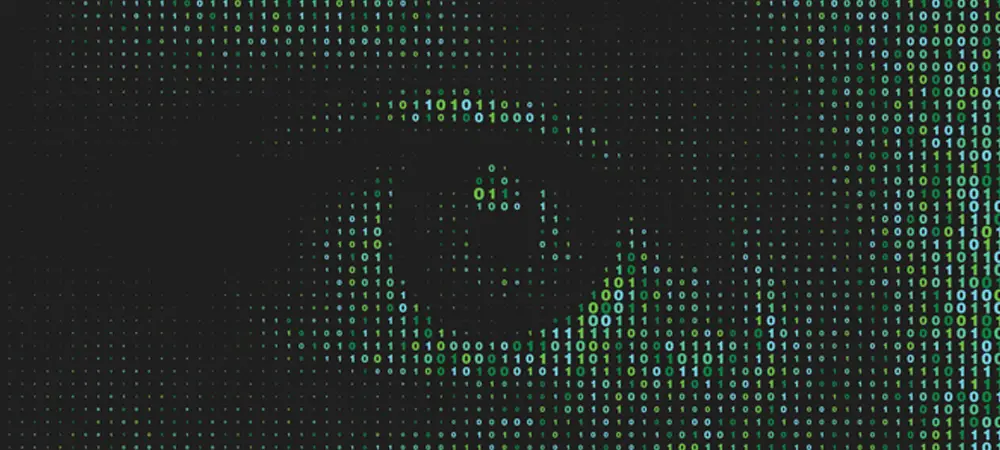Digital image encryption vs Optical Image encryption use in various form security


Now a days various digital and optical methods are available for securing the information. Digital image processing has own advantages such as very quick and less infrastructures required. But other side many optics base methods available for security. Any type of text messages, colour or grayscale images or any other data will encrypt and decrypt easily from both methods. But optical system based image hidings are more secure than digital counterpart because in optical methods have many parameters such as focal length, wavelength, lenses, mirrors, beam splitter, lasers, spatial light modulators, charge coupled devices and pixel spacing are used. If attacker knows these parameters correctly, then he or she can obtain useful information otherwise not and moreover optical instruments are very sensitive to light and if attacker has hands on practice of optics based lab then only he can obtain useful information. While in digital image processing any one encrypt with laptop. Now a day’s optical methods have been widely applied in many information processing procedures, including data security applications, owing to its high-speed processing ability. This technique is widely used in medical field especially in medical images where some it is difficult to doctors to identify the infected part but when use image enhancement technique one can easily identifies the infected part. As smart devices and high-speed networks become increasingly prevalent, securing digital image applications—such as those used in social media, healthcare, education, business, and defense—against unauthorized use has become a priority for investigators. This blog aims to present an overview of various encryption techniques specifically for digital images, highlighting their advantages and disadvantages
Over the past two decades, there has been a growing demand and intense research in this field. Significant advancements in optoelectronic devices have made optical technologies appealing for security purposes. Optical processing systems have been proposed for various security applications, including encryption-decryption, anticounterfeiting, and authentication. Optical security technology relies on complex information processes that ensure signals are hidden from human perception or easy conversion into visible signals (to maintain secrecy), are extremely difficult to reproduce with the same properties, and are automatically, robustly, and often remotely readable in real time by compact processors that validate authorized signatures. Optical security techniques encompass tasks such as encoding, encryption, recognition, secure identification and verification, biometric imaging, and optical keys. The security of optical cryptography is derived from the capability of optics to process information in a hyperspace of states
In digital image representation, an image can be modeled by a continuous image function of two variables (x, y), where x and y are coordinates in the image plane. When considering a sequence of images over time, the image depends on three variables (x, y, t), with t representing time. During discretization, the x and y coordinates of the image are sampled in the spatial domain on a chosen grid. In photographs, this sampling ranges from 256 (8-bit) to 1024 (10-bit) values for high dynamic range imagery, constrained by the limited local contrast sensitivity of the human eye.
This study provides a brief overview of notable applications and evaluation metrics for encryption techniques. It then summarizes and compares the contributions of surveyed techniques from various technical perspectives. Significant challenges are highlighted, and potential research directions are proposed to address gaps in these domains for researchers and developers.
However, visual cryptography has some limitations, including low embedding capacity, sensitivity to noise and degradation, and difficulty in implementing colour images. Despite these limitations, visual cryptography has applications in secure voting systems, banknotes, and secret sharing schemes.
Dr Hukum Singh

Professor & Head
Department of Applied Sciences
The NorthCap University














